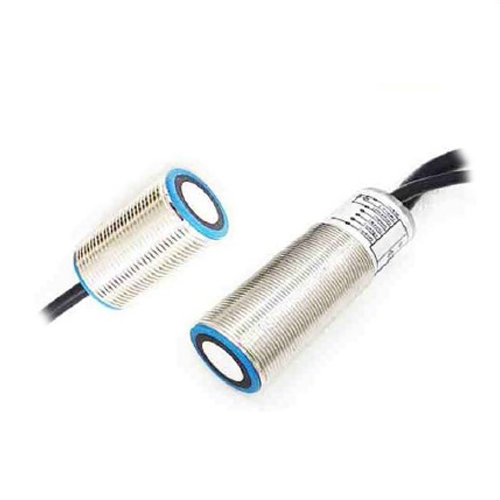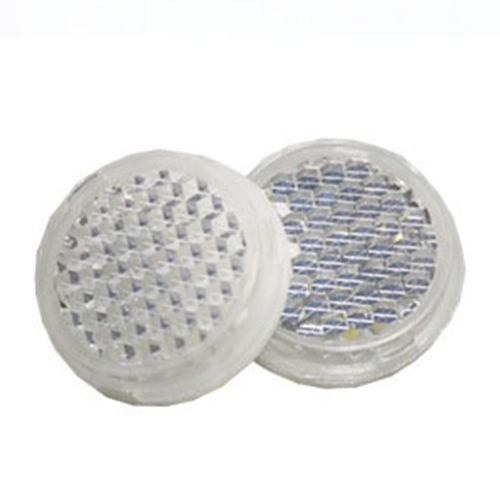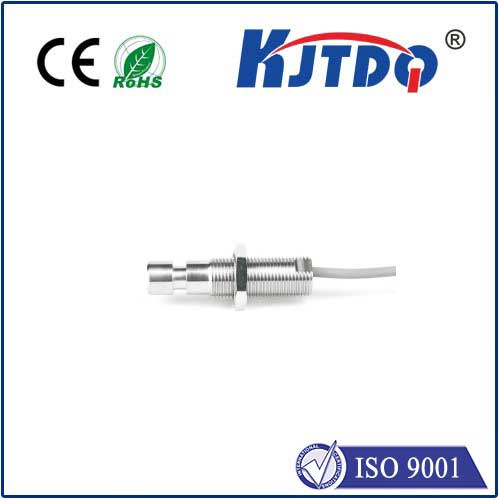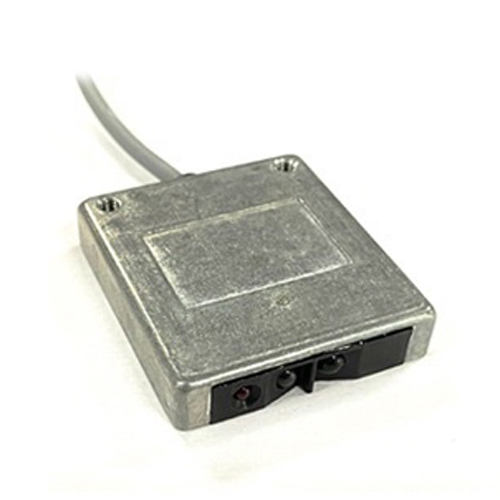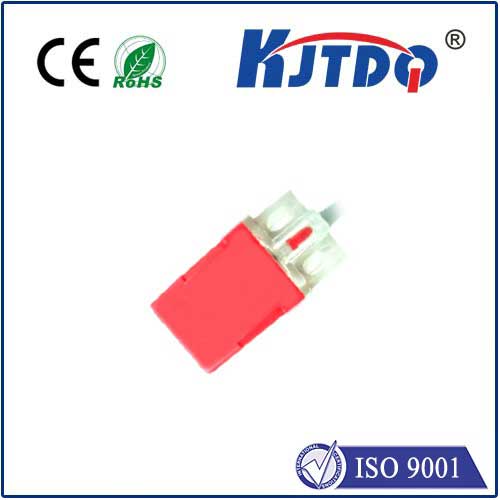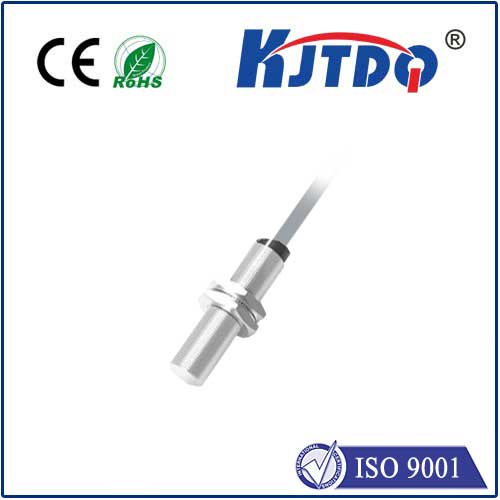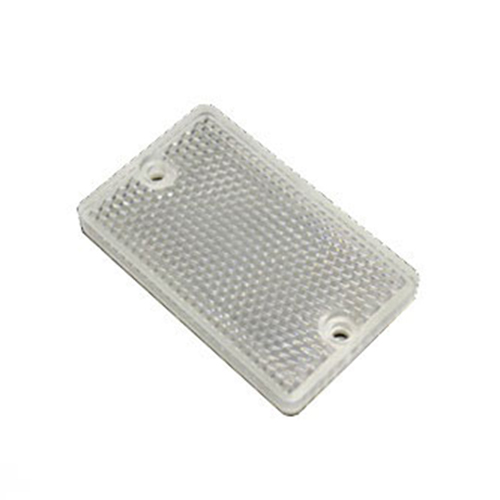brisk limit switch
- time:2025-08-04 12:08:55
- Click:0
Guardians of Motion: How Brisk Limit Switches Keep Your Machinery Safe
Imagine a massive robotic arm on a factory floor, spinning with incredible speed for a precise welding operation. Now, picture that arm exceeding its designated path due to a control glitch or mechanical failure. Without intervention, disaster looms – potential collision, catastrophic damage, or even injury. This is where the unassuming hero steps in: the brisk limit switch. More than just an endpoint detector, this device is a critical safety sentinel, designed to react decisively to rapidly approaching limits, safeguarding your valuable machinery and personnel.
What Exactly Defines a “Brisk” Limit Switch?
At its core, a limit switch is an electromechanical device that detects the presence or absence of an object, or monitors its position or travel limits. It typically opens or closes an electrical circuit when its actuator (lever, roller, plunger) is physically moved by the target object. A brisk limit switch, therefore, builds upon this fundamental principle but is specifically engineered for applications demanding an extremely rapid response to movement approaching its trigger point.
Traditional limit switches are robust and reliable for standard positioning tasks. However, when machinery components move at high speeds or when sudden, unexpected motion occurs (like the failure scenario of our robotic arm), a standard switch might not react quickly enough. Its internal mechanism, designed for deliberate actuation, could be physically overwhelmed or simply too slow to interrupt the circuit before a dangerous position is reached.
The Critical Need for Speed: Why “Brisk” Matters

The defining characteristic of a brisk limit switch lies in its ability to respond almost instantaneously to activation. This is achieved through several key design features often working in tandem:
- High-Speed Actuation Mechanism: These switches often employ mechanisms designed for minimal travel and friction. Think spring-loaded snap-action designs where the internal contacts “snap” open or closed with minimal actuator movement. This minimizes the delay between physical contact and electrical state change.
- Robust Construction: To withstand the potential impact forces associated with fast-moving components, brisk limit switches are built with reinforced actuators and durable internal components. Materials like hardened steel and robust plastics are common.
- Precision Engineering: Tolerances are tight. The point of actuation must be consistent and predictable, even under high-speed or high-vibration conditions. This ensures reliable triggering precisely when needed.
- Electrical Ratings for Safety Circuits: Crucially, these switches are often rated and certified for use in machine safety circuits (e.g., meeting standards like IEC 60947-5-1 or specific safety integrity levels). They are integrated into circuits designed to enact an immediate stop (Category 0 or 1 stop per ISO 13849) when triggered, halting hazardous motion without delay.
Where Brisk Limit Switches Prove Indispensable
The application of brisk limit switches extends wherever rapid motion presents a potential hazard or where precise, high-speed positioning feedback is essential. Key industries and use cases include:
- Industrial Robotics: Acting as the final line of defense beyond the robot’s internal software limits. They provide a hardwired safety stop if the robot arm moves too fast or too far towards its physical boundary or an obstruction.
- Material Handling & Conveyance: On high-speed conveyor systems, carton erectors, palletizers, or automated guided vehicles (AGVs), they ensure components stop instantly if they deviate from their intended path at excessive speed, preventing jams or collisions.
- Presses, Stampers, and Forming Machinery: Ensuring moving platens or dies stop abruptly if they descend too quickly or exceed their stroke limits unexpectedly, protecting both the tooling and operators.
- Automated Assembly Lines: Safeguarding intricate assembly stations where high-speed actuators could cause damage if they overshoot their programmed positions.
- Elevators & Escalators: Providing redundant over-speed or end-of-travel protection.
- Heavy Machinery (Cranes, Hoists): Ensuring travel limits are respected decisively, even under load or if control systems falter.
Beyond Safety: Ensuring Efficiency and Longevity
While safety is the paramount concern, the role of brisk limit switches extends to operational efficiency and machinery longevity:
- Preventing Costly Damage: An instantaneous stop triggered by a properly functioning brisk limit switch can mean the difference between a minor operational hiccup and thousands of dollars in repairs or hours of unplanned downtime.
- Reducing Wear and Tear: By preventing components from crashing into end stops or each other at full force, these switches minimize physical stress and wear on machinery, extending its service life.
- Enabling Higher Operational Speeds: Knowing that a reliable, high-speed safety mechanism is in place can sometimes allow for faster cycle times within the safe operating envelope, boosting productivity. They enable confidence in high-speed automation.
- Providing Critical Feedback: In some configurations (especially non-safety-rated variants), they provide highly responsive positional feedback for control systems requiring precise timing at high speeds.
Choosing the Right Brisk Sentinel
Selecting the appropriate brisk limit switch is vital for reliable protection:
- Safety Criticality: Is this for a functional position check or a safety-rated circuit demanding certified components? Safety-rated switches are non-negotiable for personnel protection.
- Required Speed of Response: How fast does the actuator need to trip? Look for specifications indicating high snap-action speed.
- Actuator Type: Choose based on the motion profile (linear, rotary, specific angle of approach) and the force/speed of the moving part (roller lever, plunger, wobble stick).
- Environmental Conditions: Consider exposure to dust, moisture, chemicals, extreme temperatures, or vibrations. Look for appropriate IP ratings (e.g., IP67) and robust construction materials.
- Electrical Ratings: Ensure voltage, current ratings (both continuous and make/break), and contact configuration (NO/NC) meet the circuit requirements. Safety circuits often demand positively driven contacts.
- Mounting & Adjustment: Consider ease of installation and whether fine positional adjustment is needed for precise triggering.
The Silent Watchdog
Often overlooked until a moment of crisis, the brisk limit switch operates silently in the background. It doesn’t control the automation process; instead, it stands ready as the ultimate guardian against uncontrolled motion. Its sole mission: to react with unwavering speed the instant a limit is approached too rapidly. By providing that crucial, brisk response, it transforms potential disaster into a managed stop, protecting investments, preventing injuries, and ensuring the smooth, safe rhythm of modern industrial operations. In the intricate dance of machinery, it is the silent partner ensuring every move, no matter how fast, lands safely within bounds.







